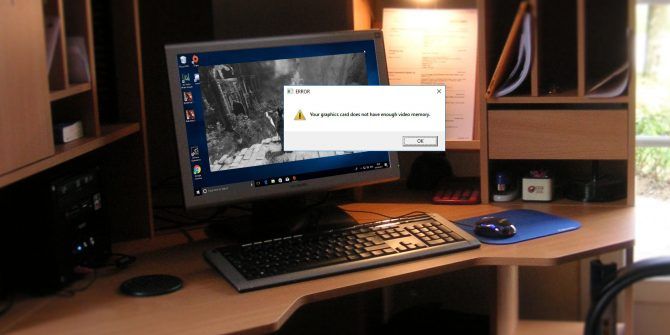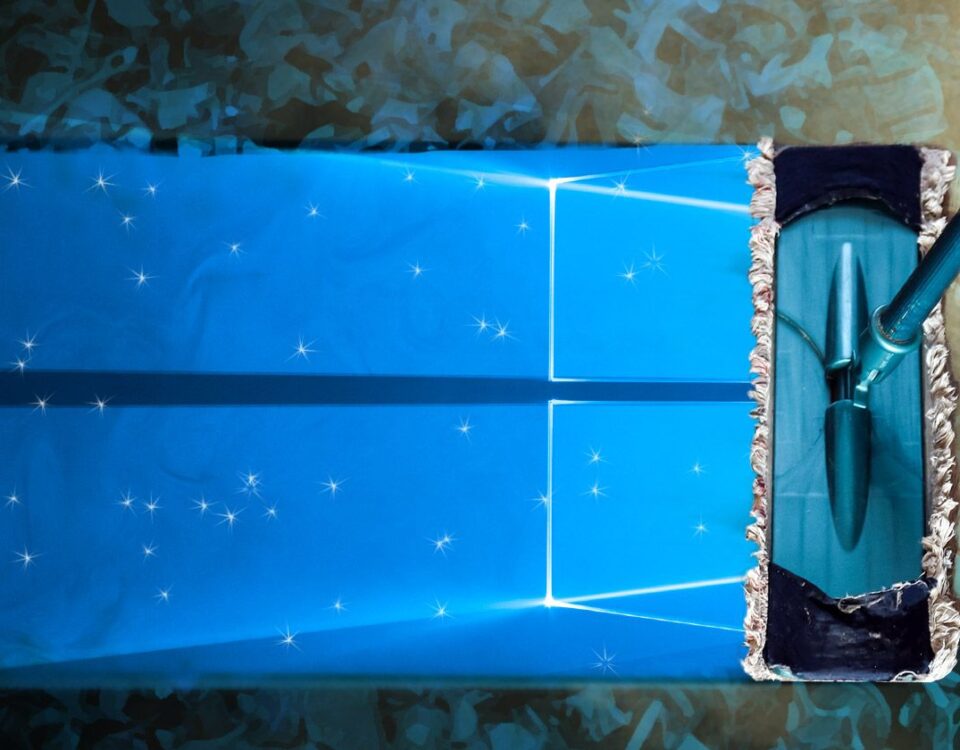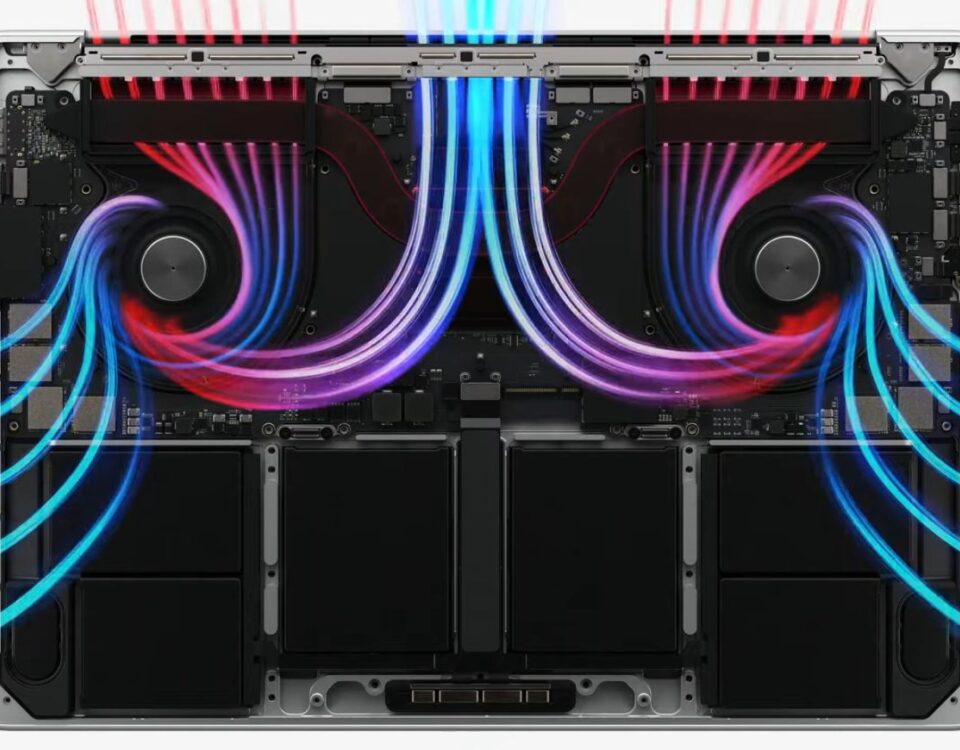
Is Your Windows 10 Time Wrong? Here’s How to Fix the Windows Clock
1 marzo, 2021
5 formas de reparar la papelera de reciclaje de Windows cuando no muestra archivos eliminados
2 marzo, 20215 Ways to Fix the Windows Recycle Bin When It Doesn’t Show Deleted Files

5 maneras de solucionar la Papelera de reciclaje de Windows cuando no muestre archivos eliminados
When you delete files in Windows, they don’t immediately disappear from the hard drive but go to the Recycle Bin. This is a convenient feature that lets you easily recover files you’ve deleted accidentally. However, you might sometimes find that the files you delete don’t end up in the Recycle Bin.
This can be stressful, but we’ll show you how you can resolve this issue. We’ll first show you the common mistakes you should avoid, and we’ll show you how you can fix and set up your Recycle Bin.
Common Mistakes That Permanently Delete Your Files
By default, your Windows OS is configured to send all deleted files to the Recycle Bin. If your deleted files don’t directly go to the Recycle Bin, then you’ve probably erased them without letting them go to the bin first. There are several causes for this issue, and they include:
- Holding the Shift key when deleting files.
- Deleting files on a USB flash drive.
- Deleting files with the Command Prompt.
Any of these will permanently delete your files, so you should avoid them. Deleting files from a USB flash drive is a common issue you might notice from this list. If you often do this, make sure to make copies of your files to a hard drive folder, unless you know you won’t need those files anymore.
If you’re sure the common mistakes above aren’t the reasons for your problem, you can fix this issue using the solutions in this article.
Fix and Setup Your Recycle Bin
Your deleted files could be missing from your Recycle Bin if it’s corrupted or if there are changes in its settings. Here are steps you can follow to ensure that your Recycle Bin performs its function as required:
1. Correctly Configure the Recycle Bin
When your deleted files don’t go directly to the Recycle Bin, you must first ensure that your Recycle Bin settings are configured correctly. You must check that the “Don’t move files to the Recycle Bin” option is not selected.
- On your desktop, right-click the Recycle Bin icon and then click Properties.
- When the Recycle Bin dialog box pops up, ensure that the radio button under Settings for selected location is on Custom size and not on Don’t move files to the Recycle Bin.
- Confirm this action by clicking Apply. Click OK to close the window.
2. Adjust the Size of the Recycle Bin
The Recycle Bin Properties window includes a custom size option that allows you to adjust the maximum size of files that can go into the Recycle Bin. If you delete a file with a size bigger than the Recycle Bin limit, it won’t go into the bin.
- On your desktop, right-click the Recycle Bin icon and then click Properties.
- When the Recycle Bin dialog box pops up, ensure that the radio button under Settings for selected location is on Custom size.
- In the Maximum size text box, enter your preferred Recycle Bin size limit and click Apply.
- Click OK to close this window and finalize the changes.
3. Customize the Storage Time for Deleted Files in the Recycle Bin
Your deleted files could be going directly into the Recycle Bin but disappearing after a short period.
This is dependent on how you configure your storage settings for temporary files. You can choose to automatically delete files in Recycle Bin after 1, 14, 30, or 60 days. Alternatively, you can choose to never delete files in your Recycle Bin.
Navigate to Windows Start Menu > PC settings > System > Storage. Under Storage sense, click Change how we free up space automatically.
On the window that pops up, under Temporary files, click the drop-down arrow for Delete files in my Recycle Bin if they have been there for over. If you don’t want your deleted files to be emptied from the Recycle Bin, select Never. Otherwise, you can select any other option that you prefer.
4. Confirm That Files and Folders are Not Hidden in the Recycle Bin
One of the reasons your deleted files and folders don’t appear in the Recycle Bin could be that your PC is set to hide certain files and folders. To fix this problem, here’s what you need to do:
Type This PC in your Start Menu search bar and select the Best Match. When the File Explorer opens, select the View tab. In the main panel of this tab, select Options > Change folder and search options.
In the window that pops up, click the View tab. In the Advanced settings box, under Hidden files and folders, select the checkbox for Show hidden files, folders, and drives. From here, uncheck the Hide protected operating system files (Recommended) box.
The system will warn you that all hidden files will be displayed in the File Explorer. Confirm this by clicking the Yes button. Click Apply and then click OK to save these changes.
When you finish, all the hidden files on your PC will appear in File Explorer. In the system disk ?:/, you’ll find a hidden folder named $Recycle.Bin. Open it and check if your deleted files are contained within it.
5. Reset the Recycle Bin
If your deleted files don’t go directly into the Recycle Bin, it’s most likely that your Recycle Bin is corrupted. In this case, you’ll need to reset the Recycle Bin to resolve this issue. Here’s how you can do this:
Press the Windows Key + R. From here, type “CMD” and use Ctrl + Shift + Enter to open an elevated Command Prompt.
In the Command Prompt, type the following:
rd /s /q C:$Recycle.binPress Enter to allow the command to reset the Recycle Bin. Restart your Windows 10 PC, and your Recycle Bin should start working again.
If your deleted files don’t appear in the Recycle Bin, you might want to go a step further than just fixing your Recycle Bin. You can use third-party software to recover all your deleted files missing from the Recycle Bin.
No More Missing Files in Your Recycle Bin
The steps we’ve highlighted in this article are all you need to fix the Recycle Bin when it doesn’t show your deleted files.
After fixing your Recycle Bin, you can always use software to recover your lost data. Alternatively, you can create daily system restore points that’ll enable you to undo changes and return to a previous state on your PC.
About The Author






